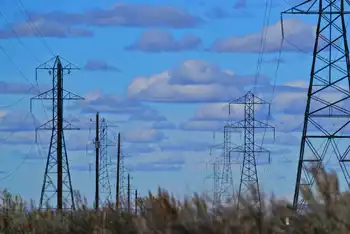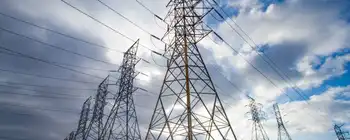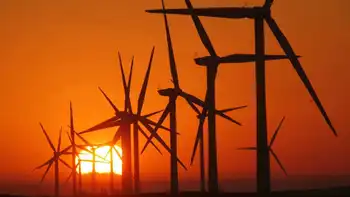Study: North America world leader in renewables
- Renewable power sources—including hydrokinetic which includes pumped storage, biomass, waste, geothermal, wind, solar photovoltaics PV, and solar thermal—make up 10 percent of total electricity production in the United States.
While news headlines in 2012 have highlighted failures by renewable energy companies, North America leads the world in terms of additions of new renewable energy capacity. According to a recent report from Pike Research, a part of NavigantÂ’s Energy Practice, North America will add more than 400,000 megawatts MW of renewable capacity from 2012 through 2015, making it the leading region in the world for new renewable energy.
“State governments in the United States are pushing utilities to purchase more renewable energy, thus encouraging the market for renewables artificially,” says research director Kerry-Ann Adamson. “Although North America recently is heavily reliant on the biofuel and biopower sectors for revenue and new installations in the smart energy sector, there are a number of exciting underlying growth areas that could create a more sustainable, high value, high growth smart energy sector in North America.”
Although second to the United States in terms of capacity additions, Europe will be the largest region in terms of smart energy revenue, totaling more than $500 billion through 2015. The fastest growing region, however, is Asia Pacific, according to the report. If its current development trajectory holds, Asia Pacific by 2015 could challenge North America in terms of its global leadership position in annual capacity additions.
The report, “Smart Energy Annual Report 2012”, provides a comprehensive view of the smart energy market across three main application sectors—renewable energy production, energy storage, and energy conversion devices—along with 15 key sub-sectors.
The study examines key market trends and issues in smart energy hotspots around the world and includes profiles of more than 30 trendsetting companies in the smart energy space. Revenue and capacity snapshots are provided by technology and region for 2011 and 2013, with key top line forecasts extending through 2015.
Related News

Ukraine resumes electricity exports despite Russian attacks
KYIV - Ukraine began resuming electricity exports to European countries on Tuesday, its energy minister said, a dramatic turnaround from six months ago when fierce Russian bombardment of power stations plunged much of the country into darkness in a bid to demoralize the population.
The announcement by Energy Minister Herman Halushchenko that Ukraine was not only meeting domestic consumption demands but also ready to restart exports to its neighbors was a clear message that Moscow’s attempt to weaken Ukraine by targeting its infrastructure did not work.
Ukraine’s domestic energy demand is “100%” supplied, he told The Associated Press in an…




